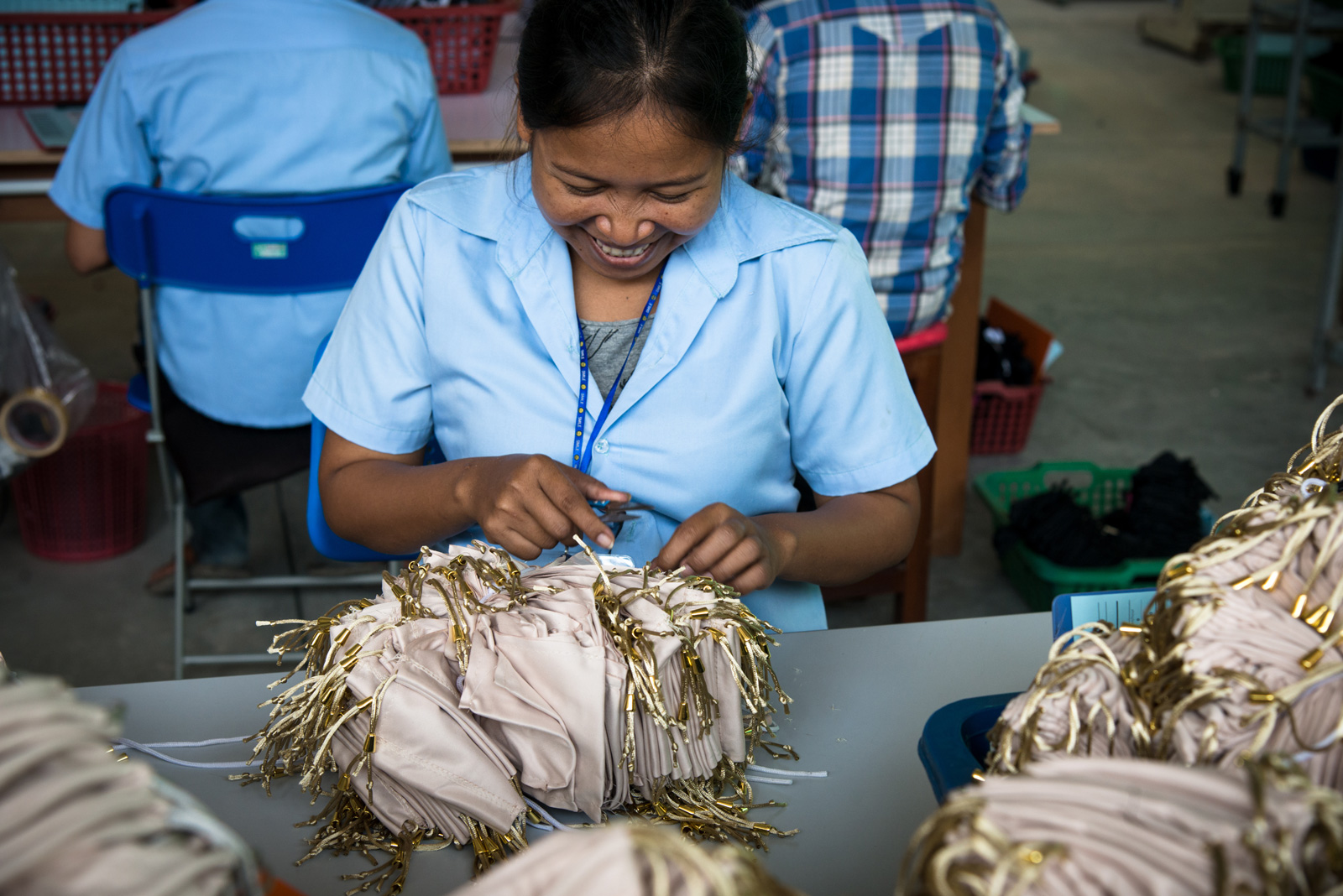When most people envisage an Asian garment factory, words like ‘sweatshop’ probably spring to mind: frighteningly low wages; poor, exploitative workplace conditions; production lines in stiflingly hot, cramped rooms cheaply churning out product after product, hour after hour. Many would recall the heart-breaking news headlines that brought the true cost of our clothes into uncomfortable focus: the 2013 collapse of the eight-storey garment factory complex Rana Plaza in Bangladesh, which killed 1,129 people. That came just a year after a fire razed a Dhaka fashion factory, killing 117. In Cambodia, accounts of mass faintings inside factories frequently made the news, while a shoe factory that collapsed in 2013 killed two workers. In 2014, a garment workers’ strike for higher wages turned deadly when police fired into a group of protesters, killing at least four people.
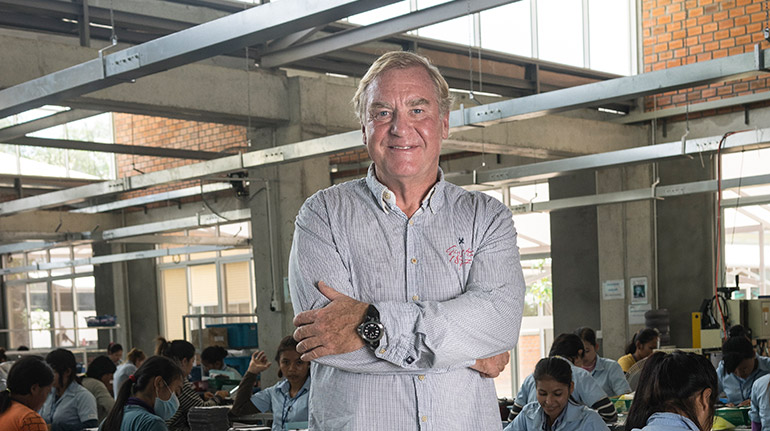
Then there is Pactics, an innovative Siem Reap-based textile company producing high grade microfibre accessories for luxe brands such as Tiffany, Ray-Ban, Oakley and Burberry. Located on a leafy wedge of land on the outskirts of Cambodia’s most famous tourist town, the environmentally friendly, socially responsible factory employs 350 people who mostly make microfibre cloths and cases for designer sunglasses – predominantly for Italy’s Luxottica Group, the biggest eyewear company in the world. In total, Pactics produces approximately 50 million products each year.
Staff make or break your product… when you see them as disposable, you will ultimately fail”
Fanning out around a shady, lotus-covered pond, Pactics’ four buildings were designed by the acclaimed Stuart Cochlin Architects and are laid out around a number of cool, breezy courtyards that encourage ventilation. It’s remarkable to see just what innovative design can achieve: at peak production times, in the middle of the muggy Cambodian hot season, the factory floor is cool and comfortable. Huge skylights and windows allow for daylight “harvesting”, while air vents increase the airflow even more. Solar panels power LED lights that come on at night, while rainwater is collected to flush toilets. “The temperature at Pactics is a good 3 to 5 degrees lower than it is outside,” said Pactics’ founder and president Piet Holten, a Dutch businessman who had originally set up the company in Shanghai in 2004 but shifted focus to Cambodia in 2010, building the “green” Siem Reap factory in 2012 after receiving a Dutch government investment grant of $750,000. “We could never have built this kind of sustainable structure in China, [because] the weather varies between -5 degrees in winter and 35 degrees in summer, so you need to invest in costly heating and air conditioning,” he said.
Holten first travelled to Cambodia in 2010, on a backpacking trip with his son, and said he was immediately enchanted with the “good vibe” and friendly people of Siem Reap. With Pactics’ Shanghai setup already feeling the effects of China’s increasingly expensive garment industry costs, he travelled to Phnom Penh to research whether setting up in Cambodia would be viable. He soon discovered Phnom Penh’s industry was much like China’s, in that large numbers of young women were migrating from far flung rural areas and other towns such as Siem Reap to a “strange and unknown city”.
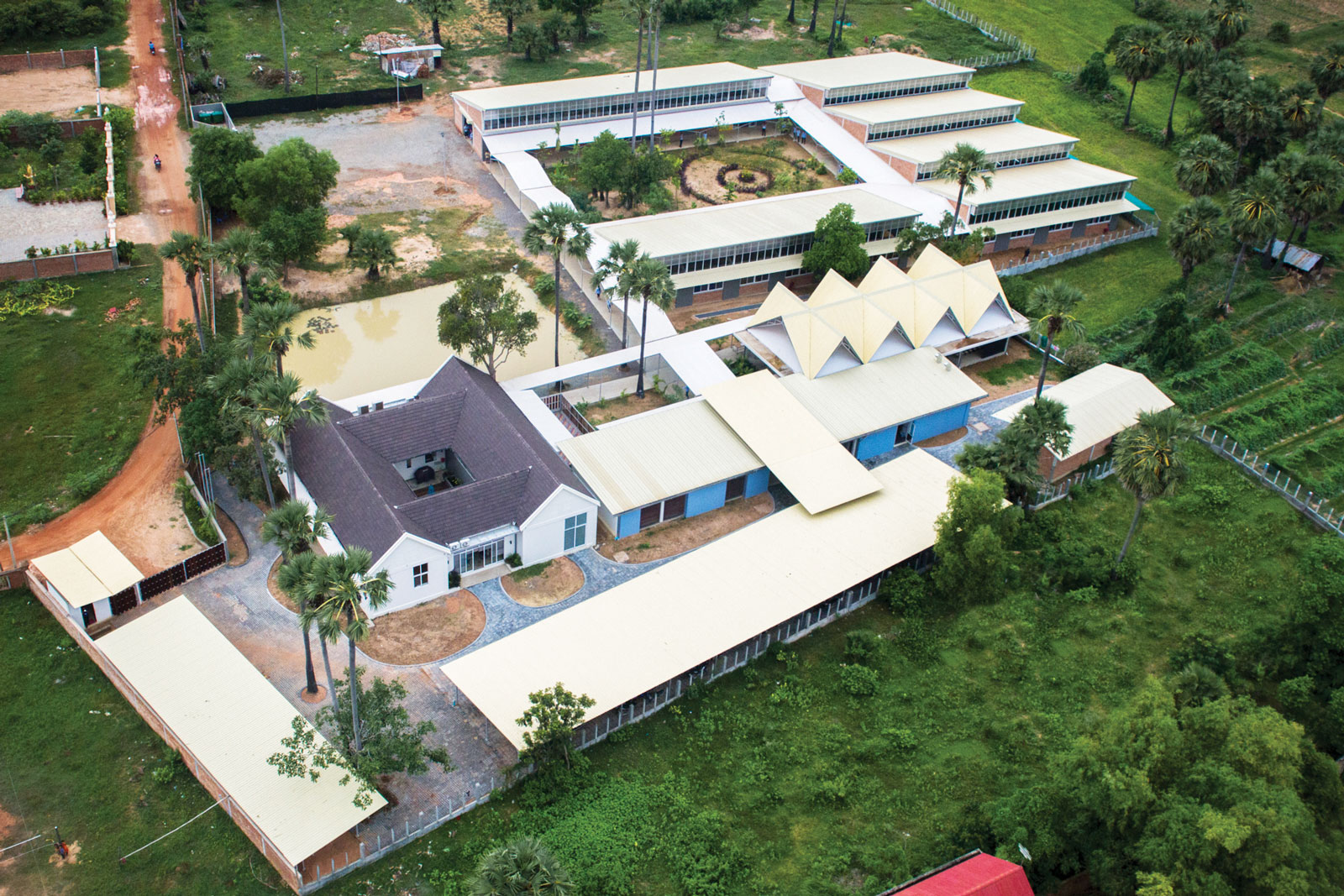
“I didn’t think this model was ideal, and thought – why not bring the factory to the people? When you pull a girl out of their social structure they end up sending half their money back to their families… at least if they are living with their families still they benefit from their own income.”
The Pactics factory wasn’t cheap to build, but in Holten’s opinion it has already paid itself off. “When you view everything as a cost, then you won’t bother with [sustainable] practices. Our buildings are definitely more expensive than other factories in Cambodia – the type I’m talking about are without windows… what I would call an ‘oven’. You could build those for about $150 per square metre while ours cost $250 per square metre. But the benefits are enormous. It’s suddenly a pleasant work environment, which gives you less staff turnover and increases productivity. So you soon make back that cost,” he said. “Our sick leave rate is less than 1% and we have productivity equal to or better than China, while a lot of other factories have productivity that’s 50% of China’s. It’s not just a CSR initiative – it is an excellent financial investment.”
Pactics used guidelines set up by Better Factories, a monitoring programme of the International Labour Organisation. The factory is SA 8000 and ISO 9000 certified – the highest standards in social compliance – which is uncommon for a company in Cambodia. Employees must be 18 years of age to work at Pactics, although the legal age in Cambodia is 15. “Staff make or break your product,” Holten said, “when you see them as disposable, you will ultimately fail.” He therefore introduced a productivity-based piece-rate system that encourages workers to earn above the guaranteed minimum wage of $135 per month. Staff receive 44 days of paid holiday a year and are also supported in further study and training workshops – two of Pactics’ factory workers are currently studying engineering at university, funded by the company.
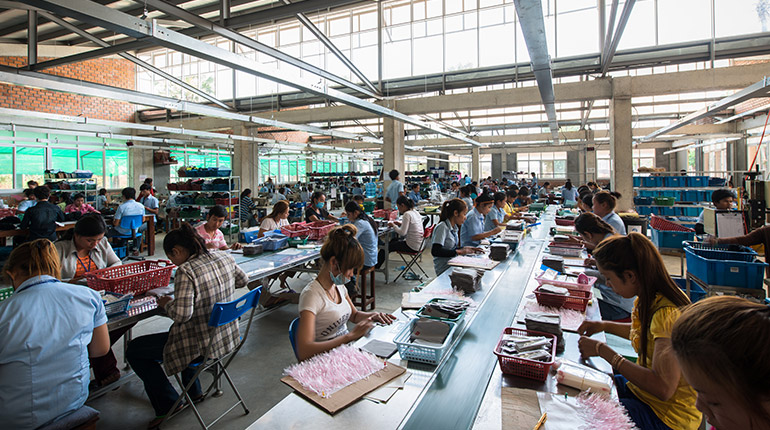
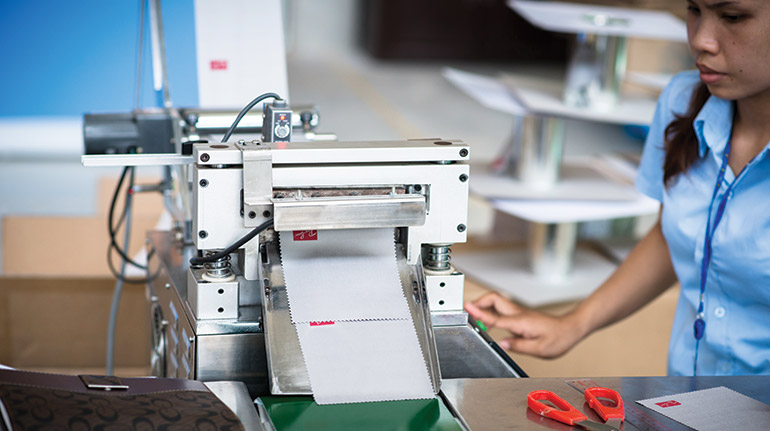
our sick leave rate is less than 1% and we have productivity equal to or better than china, while other factories have productivity that’s 50% of china’s”
Childcare is another big focus for the company. “Eighty per cent of our employees are female so we opened our onsite crèche to allow women to breastfeed. We have free daycare for all employees’ children between three months of age up until 12-15 months, and after that we subsidise $15 a month for all employees’ childcare. There’s also a first aid room staffed by a nurse, a subsidised canteen and Pactics pays half of the cost for motorbike helmets for all staff. Employees go through a rigorous week-long training programme, learning about safety, labour rights, sexual harassment and hygiene,” he said. “Everyone says we are so exceptional, but all we’re doing is following what the law demands. For instance, the law states you must have childcare if you have more than 100 staff, but this isn’t enforced. We are not exceptional – everyone else is simply below standard if they don’t follow the law.”
Holten agrees the garment industry needs to make changes, but he doesn’t believe that the entire onus is on the factories: “One of the biggest forces that can make a change is the consumer. We all still buy clothes for $5 and when we think that is normal we have a big problem,” he said. He believes the Western world has become accustomed to a bubble of ‘fast fashion’ and that it was also the brands’ responsibility to place more value on clothes. “The waste from the industry is very alarming,” he said.
Pactics is now looking towards expanding their philosophy to Phnom Penh, with a new Raytecs division factory opening up another pilot factory that specialises in customised, high-performance polyester sportswear. Boasting cutting-edge technology and printing equipment as well as skilled graphic designers, the aim is to have smaller factories partner with them for printing and design. “Our goal is to help more manufacturers in Cambodia. We have the right recipe,” Holten said.
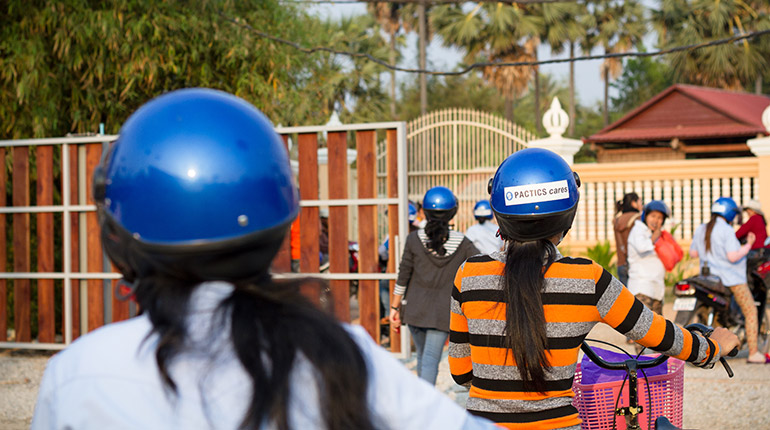
Holten is keen to stress the distinction between socially conscious enterprises such as Pactics and NGOs. “Profits are the bottom line. We are here to make money. This is a business,” he said. After Rwanda, Cambodia has the highest number of NGOs per capita in the world with foreign aid groups injecting $1 billion into the economy each year.
“Many NGOs try to help Cambodia and do terrific work and I do have great respect for these people, but most of these projects are not sustainable because they fully depend on donations, and when those dry up the projects fall over,” he said. “Our workers are competing in a world market, making high-class products for high-end brands and are proving they can do that. But we’re still showing that we can do things to improve people’s lives.”
